Elephant and lychee tells you: Chengdu turned out to be hotter than now
Author:Red Star News Time:2022.08.17
"Hot" is the topic of high discussion recently. From Sichuan -Chongqing to Jianghuai, high temperature weather continues. People who dare not out of the air -conditioned room may have heard such a judgment: this year is the hottest year in the past two decades, but it will also be the coolest year in the next two decades.
I dare not assert in the future, but when it comes to the past, this year may not be the hottest. Historically, Chengdu was so hot that he could live an elephant and plant lychee. Although the temperature is high now, it may not be higher than before.
In 1972, meteorologist Zhu Kezhen published the famous thesis "Preliminary Research on Climate Change in China for nearly 5,000 years". The length of each heating period ranges from 500 ~ 700 years, and the warmth period is often the stage of prosperity of civilization and social stability. The most obvious example is Han Tang. During the Tang Dynasty, Chengdu could grow litchi.
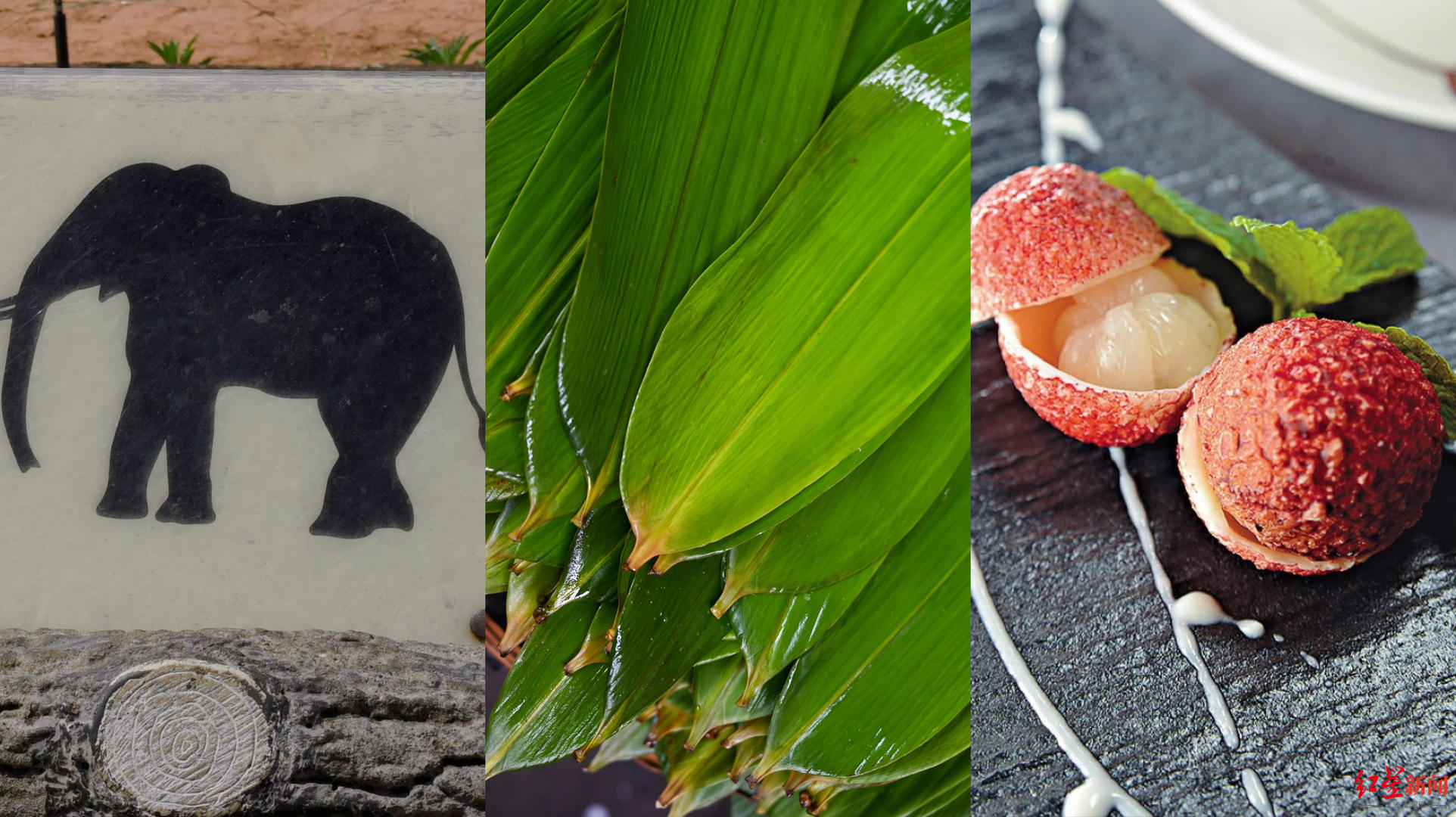
Chengdu: Elephant Origin
The first warm period
(About 1800 BC-1200 BC)
The warmth and ice period are global concepts. About 12,000 years ago, the global climate began to warmer. The increase in temperature is the gospel for the birth and development of human agriculture, and it is a bad news for cold animals such as Mengye. In 2008, Qiqihar, Heilongjiang, found a complete mammoth fossil. It turned out that the mammoths living in the northeast of my country, because of climate change plus human killings, had to move north to Siberia, and the last 500 to 1,000 mammoth elephants were extinct on the Grand Ocean Franger Island in 1650 BC.
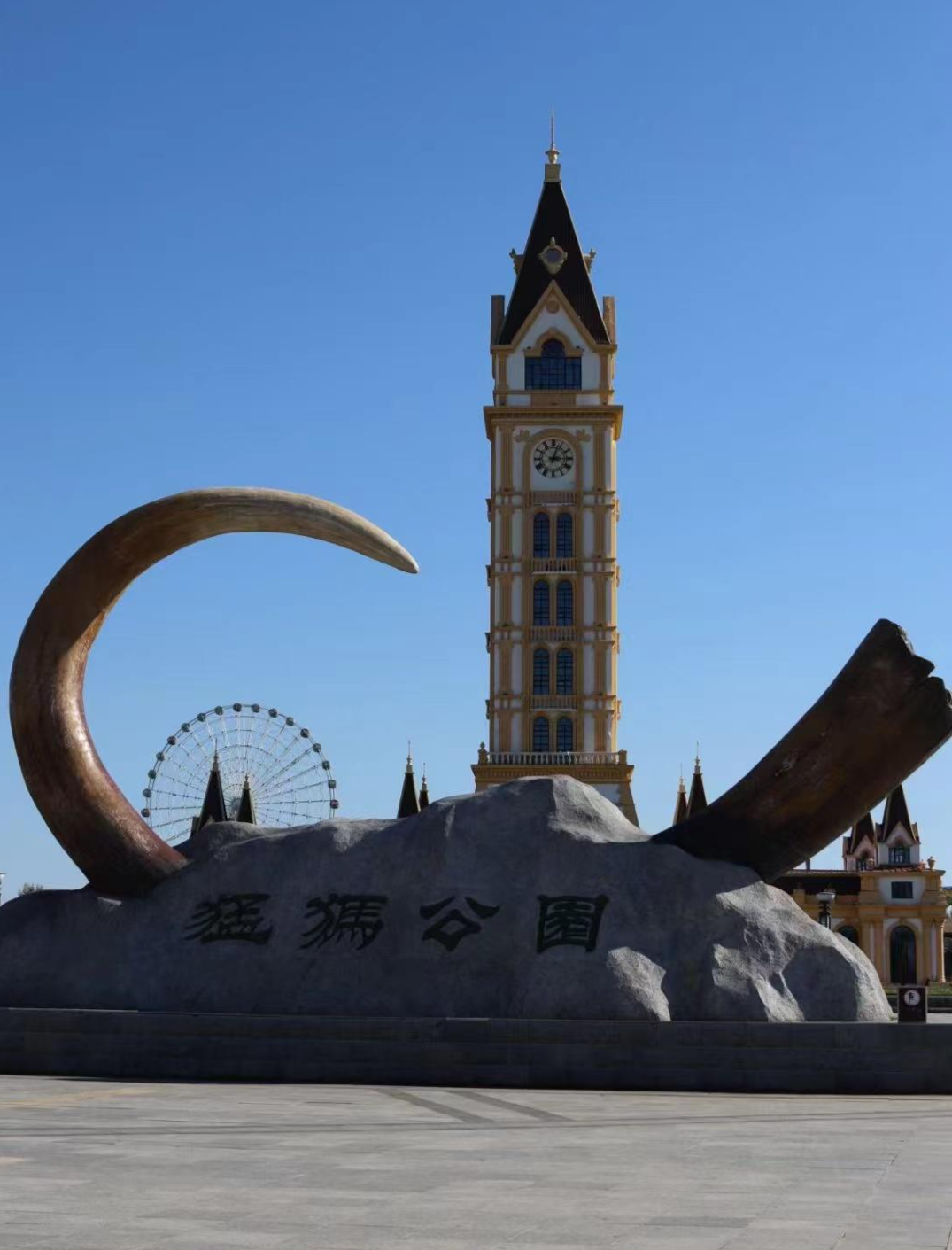
Photo by Duan Xueying, Mengzheng Park in Manzhouli
The temperature thousands of years ago was generally higher than today. 6000 BC is the prosperity of Banpo Culture. The bones of bamboo rats and river sugar were found in the Banpo site in Xi'an, and these two animals are now only survived in the tropical of Southern Asia. After the text appears, climate evidence is even more obvious. Among the more than 100,000 Oracle essays unearthed in Yinxu, Henan, not only frequent rainfall records, but also the incidents of local hunting into an elephant. Henan was originally called "Yu", and the pictograph was a person holding an elephant.
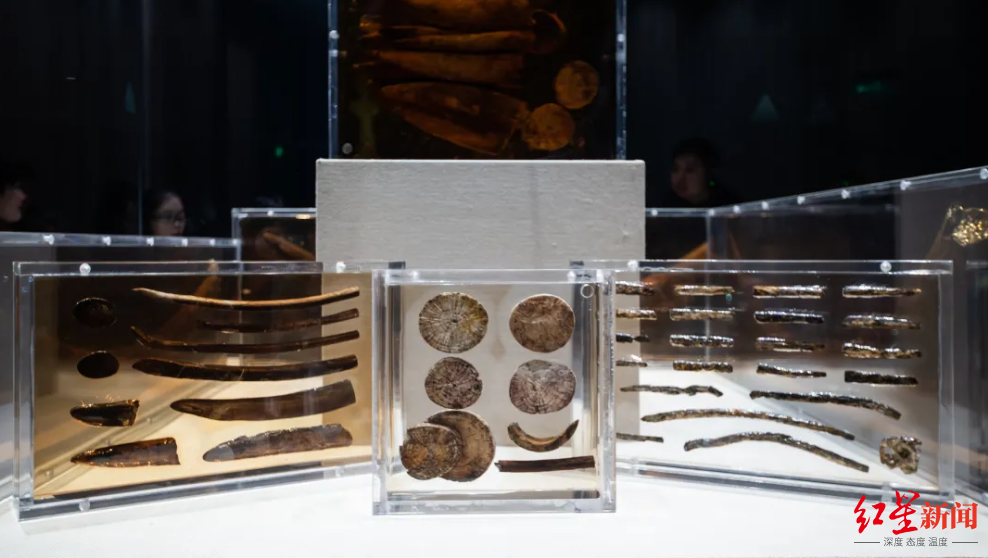
Some ivory products unearthed from the Jinsha site are based on Jinsha
Oracle appeared in the Shang Dynasty, and the golden sand civilization in Chengdu was basically in the same period. In 2001, a large number of ivory unearthed at the Sands site means that there were huge elephant groups living here at that time. At that time, the climate of Chengdu was the same as the Southeast Asian climate today. There were many forests and a large number of swamps. According to the "Huayang National Chronicle" of the Jin people, Gu Shu not only produced elephants, but even rhinos.
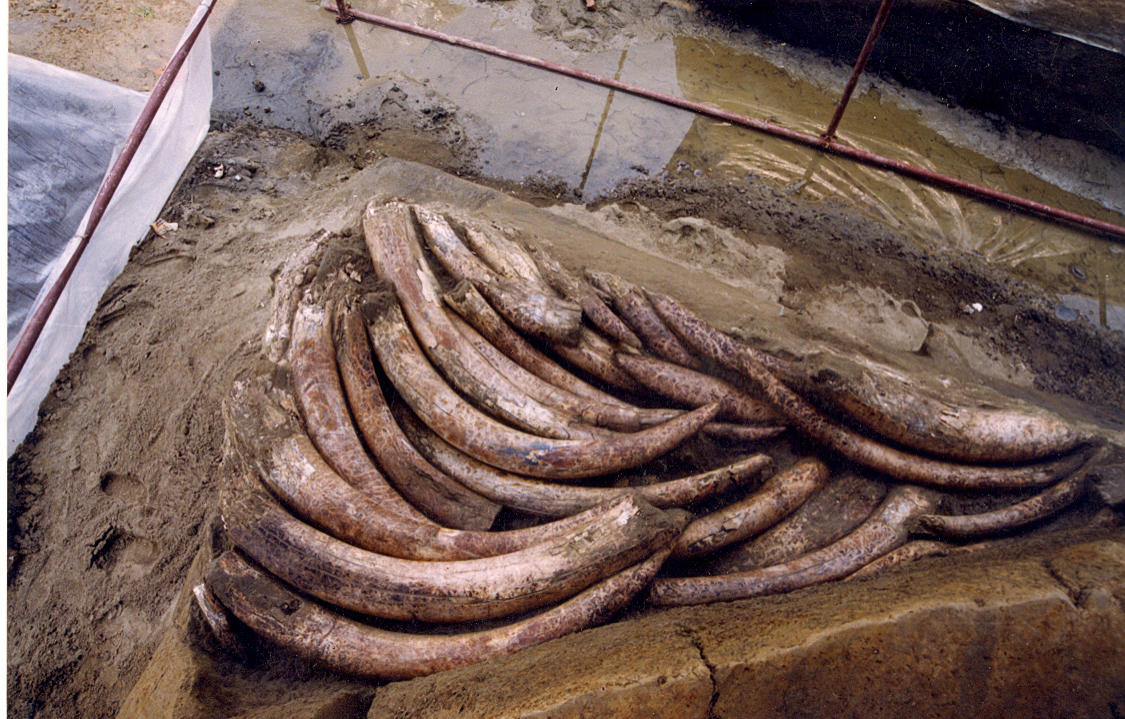
The ivory layer of the ivory unearthed from the Jinsha site is based on Jinsha
After the warmth period is the ice period. "Bamboo Book Year" records that the tributary of the Yangtze River was frozen in 903 BC and 807 BC. It is impossible to freeze the river at the same latitude.
Understand more> Is the elephant north, is it a journey or return? Jinsha site said ...
Bamboo: I used to go north to the north
Second warm issue
(AD 700 BC-the first year AD)
Bamboo is now rare in the Yellow River Basin. The warm climate more than 2,000 years ago has made bamboo see everywhere in the Central Plains. At that time, the official documents were first in bronze and followed by bamboo slips. Part of the blocks such as coats, utensils, books, and furniture especially instruments. Most of them are "bamboo", indicating that these utensils are originally made of bamboo.
The Meishu disappeared in North China after the Tang Dynasty, but it was a common plant in the Yellow River Basin during the Eastern Zhou Dynasty. The "Book of Songs" mentioned Mei at least five times. "Qin Feng" records that there are plum trees in the Nanshan Mountain, and now it is impossible for local or cultivated. According to the "Zuo Zhuan", the Lu State in Shandong was hot because of the climate, and the ice room stored in the ice was not recovered at 698, 590, and 545 in the past three years.

Photo by the red wall bamboo shadow of Wuhou Temple
From the Warring States Period to the Western Han Dynasty, the climate continued to keep warm. In the early Qing Dynasty, the book "Nong Dan" held by Zhang Biao said that according to the records of "Lu's Spring and Autumn", the Qin Dynasty's spring was three weeks earlier than the Qing Dynasty. Sima Qian wrote in "Historical Records of the Biography of History and Freight", "Chen Xia thousand acres of paint; Qilu thousand acres of mulberry; Weichuan thousand acres of bamboo." The area is a subtropical climate.
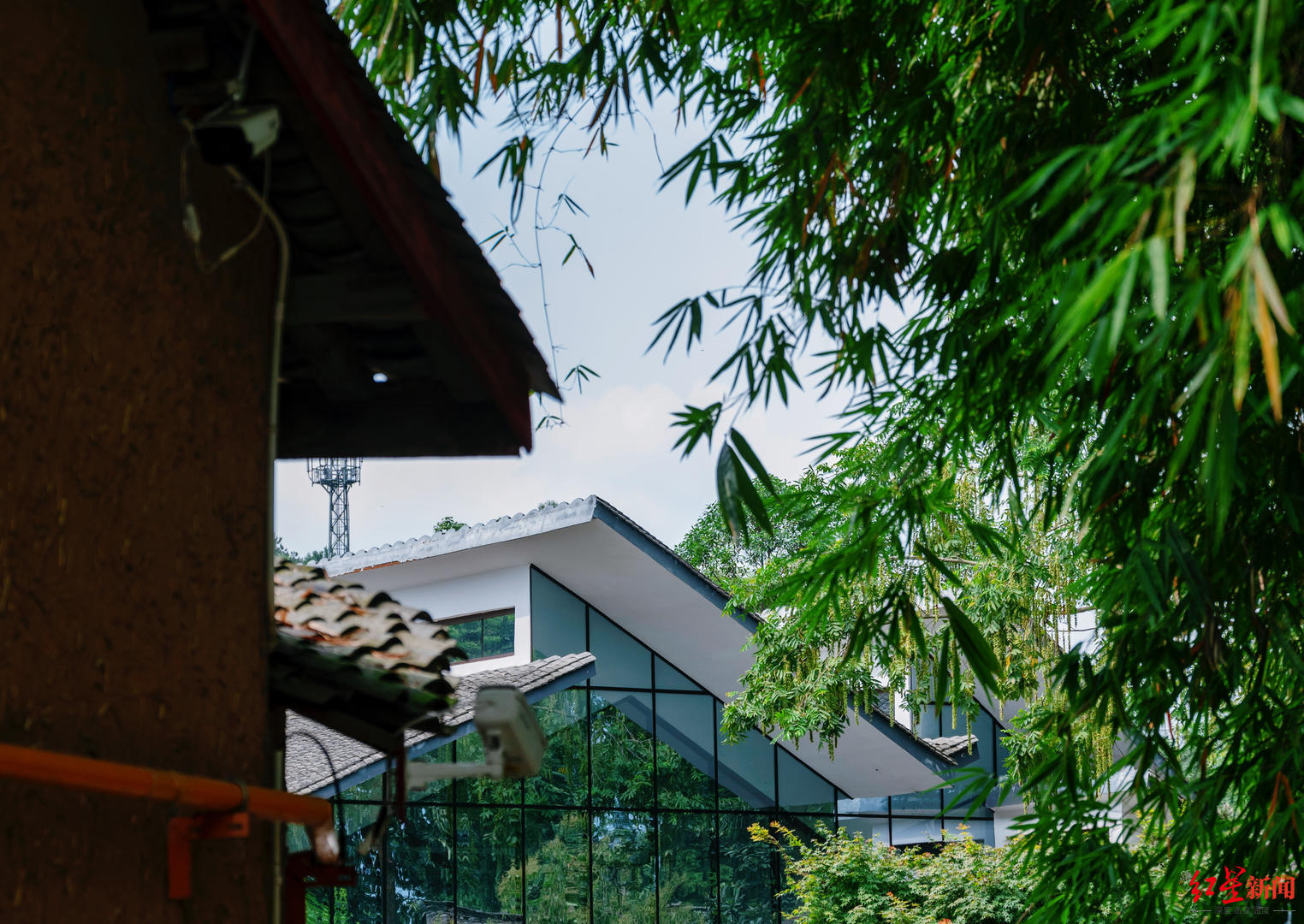
Bamboo forest is now the iconic plant landscape of the south.
And when the Three Kingdoms is the ice period. "Three Kingdoms" records that in 225, Cao Yu went to Jiangsu Huaiyin to inspect the army exercise. This is also the first time that the Huaihe River is icing for the first time.
Litchi: I only like to be hot
The third warm period
(AD 500-1000)
The Sui and Tang dynasties ushered in the warming period again. In the three years 650, 669 and 678, Changan neither snow nor frozen. Du Fu's poem "Disease" mentioned that Li Longji planted citrus in the Penglai Hall. After more than a hundred years, Tang Wuzong asked the eunuch to reward the oranges grown in the three palaces of the ministers headed by Li Deyu. The taste was no different from the Jiangnan.
At this time, Chengdu was an authentic lychee origin. In the late Tang Dynasty poet Zhang Ji wrote "Chengdu Song", "Jinjiang is near the west smoke green, Xinyu Mountain head litchi is familiar." Yang Guifei wanted to eat lychee, and it was not necessary to transport thousands of miles from Guangdong. But Chengdu lychee can only exist in a warm era. Su Shi, born in 1037 AD, has a poem. 60 kilometers of Leshan. After more than a hundred years, when Lu traveled into Sichuan, Lian Laishan's lychee was rare. Only in Luzhou and Yibin in southern Sichuan was planted. To this day, the only Litchi -Sheng place in Sichuan is still in the Yangtze River Basin in the south of Sichuan.
In the lychee tree in the San Su Temple, litchi is now unable to become a large -scale planting crop (data map) in Meishan
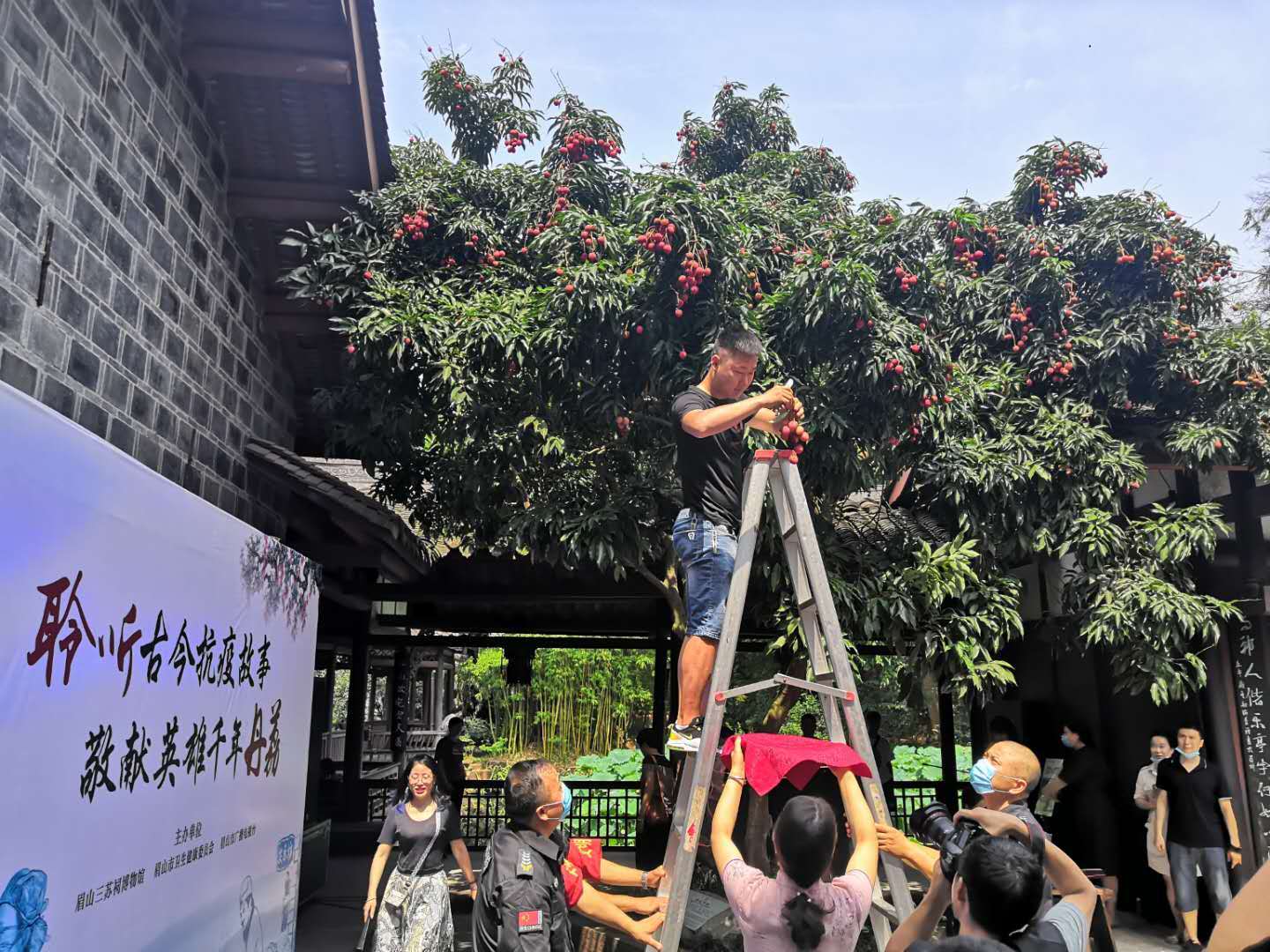
Fruits are sensitive to temperature than people. In 1111 AD, Taihu Lake was not only frozen, but also was able to open to traffic. The cold was frozen to death.
High temperature: already there will still be
The fourth warm period
(About 1700 to the present)
At present, the average annual temperature has not yet reached the height of the Han and Tang dynasties, but because of the increase in records, the popularity of scientific observation, and the development of modern media, it seems that now it is the hottest period of the earth.
There are many high temperature records in history. In 1743, high temperatures involved almost half of China, and North China was even more hot. Tianjin, Shanxi, and Shandong had records of hot dead people. From July 14th to 25th, about 1,1400 people died of the heat in the suburbs of Beijing and the city. According to the estimation of meteorological experts, the temperature on July 25 reached 44.4 ° C. In such high temperature weather, there is no refrigerator, fan and air conditioner, and it is a high probability event to stay outdoor heat stroke.
Zhu Kezhen compared with the Chinese waiting records of 1,700 years and the Greenland temperature rising map (as shown in the figure below). It can be seen that the two are basically the same: climate change is worldwide, and the relevant differences between Greenland and China are more geographical. cause. The world's cool heat is not a fiction.
It is worth mentioning that the temperature is not the only factor that affects the body's sense. Whether in the Han and Tang dynasties or more far away, the forest coverage rate is much more than the present, and the population is far less than today, which means that the natural ecological regulation system plays a greater role in the rise of temperature. Even if it is also 44 ° C, it is in a linked place, and it is completely different from the places where it is surrounded by steel bars but has no fan and air conditioning.
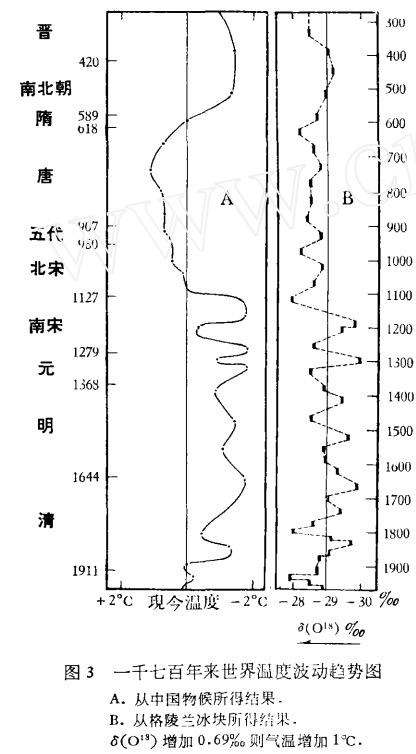
Sichuan and Chongqing's current high temperature has become one of the hottest and hottest land in the country. If you look farther: the temperature in the Arctic Circle in July this year has soared to 32.5 ° C, and short sleeves can be worn; the average British temperature exceeds 40 ° C, breaking the highest record since the record. "middle. Regardless of the changes in natural temperature cycle or carbon emissions, it seems to be a recognized impression that year and one year. (Qi Ling/Wen)
Edit Duan Xueying
- END -
A 1972 novel, a 2000 movie, staggered into a 1960 story

If you are a movie enthusiast, when you look at Harvard's New Chinese Modern Liter...
Lile and Music Shandong | Zhangqiu: 2022 Zhangqiu District 11th Square Fitness Dance Contest Awards Ceremony was held at the District Cultural Museum
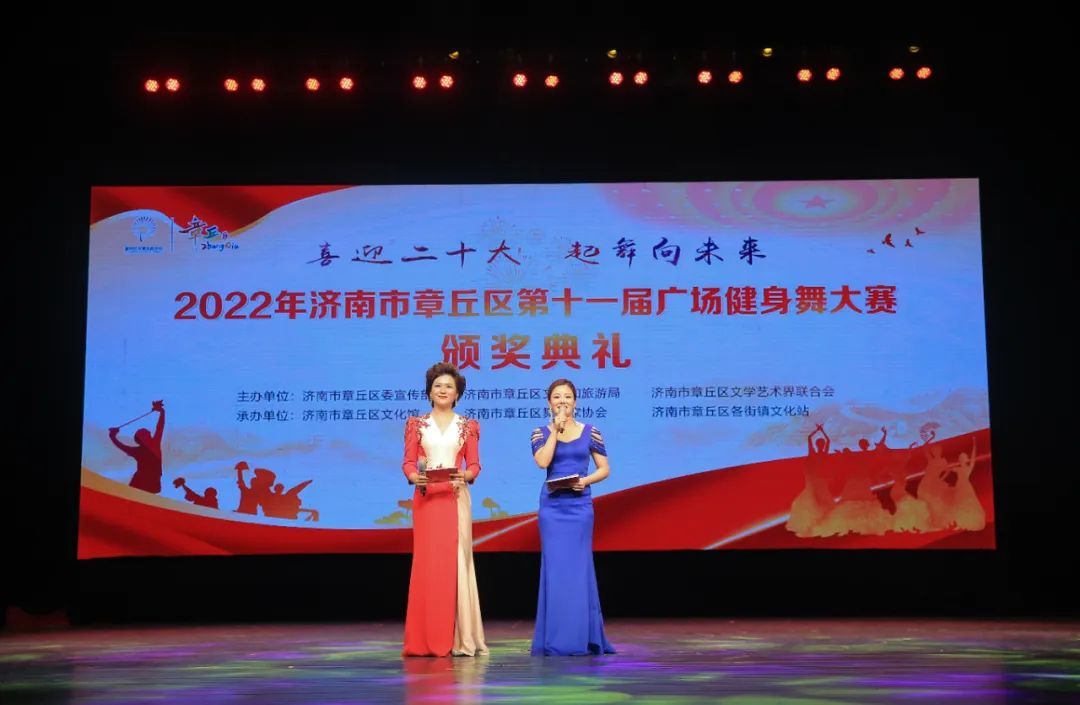
In order to actively promote the construction of the public cultural service syste...